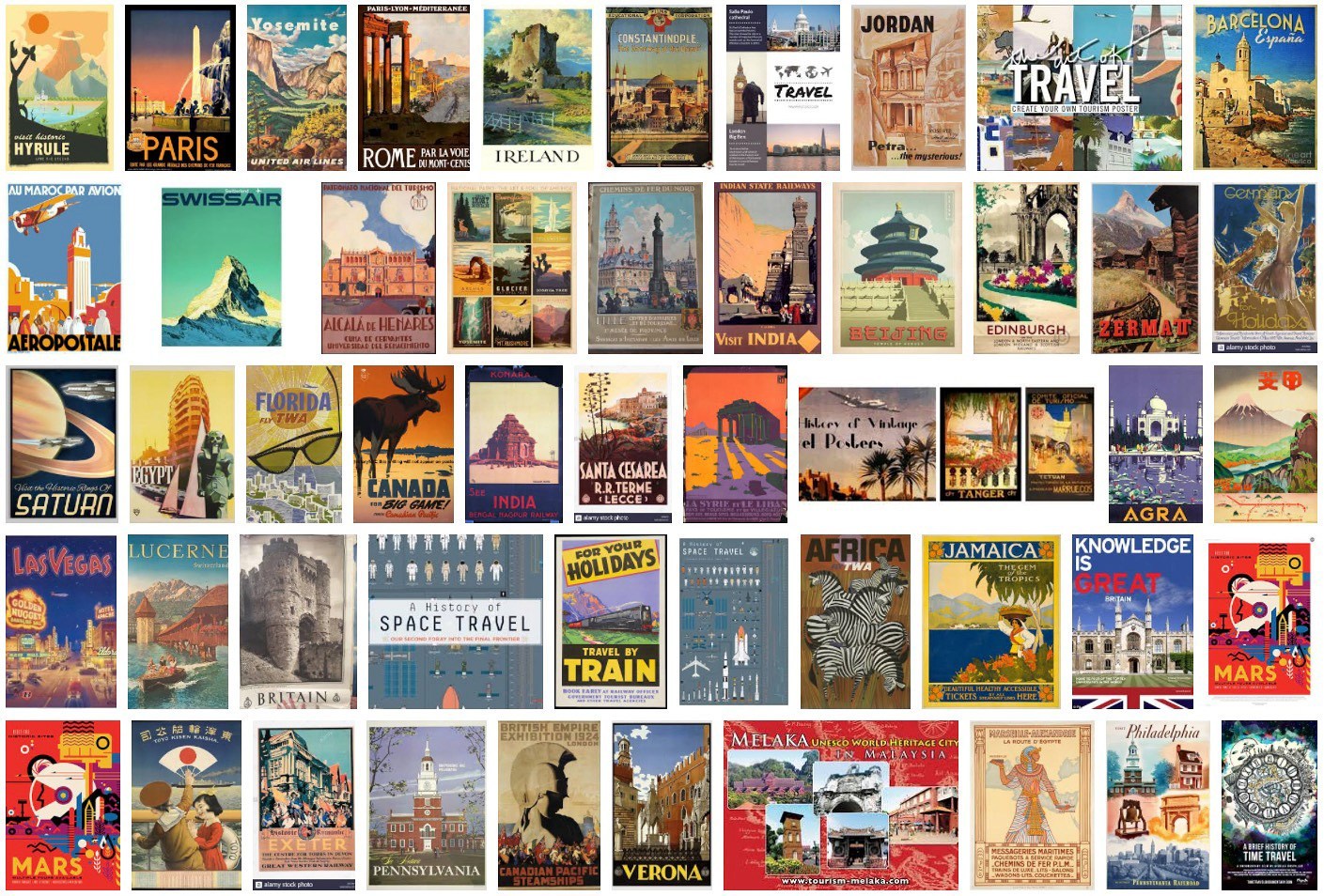The history of tourism goes as far back as the evolution of human civilisation – long before the coinage of the word “tourism” in the 18th century. People travelled for a number of reasons. The earliest known purpose of travel was for the food and shelter by the bare feet hunters and gatherers. Tourism today, however, is a full-fledged industry and operating worldwide as an engine of socio-economic growth.
The evolution of tourism from exploration for basic needs in the early human history to the modern day diversified tourism trend is a long and fascinating journey. New inventions, advancements in technology, exploration of new destinations, travel intensive religious obligations, preservation of ancient monuments, erections of modern buildings, human desire for exploration, and an increase in wealth – gradually helped shape and increase the trend of tourism.
The human journey began as a wanderer, especially in search of food. The man then started travelling for religious purposes and then for knowledge & exploration. Gradually with steady developments in the society, the purpose of travel extended to trade and business followed by travel for leisure and recreation. Development of technology in the 20th century had phenomenal repercussions on the travel industry around the world, particularly during the last two centuries.
In the beginning, travel mainly was confined to well-off people or for explorers when the concept of real travel originated for the purpose of knowledge and leisure. Spas and coastal resorts during the Roman Republic as well as Chinese nobles visiting Mount Tai and other five mountains is a fine example of the travel experience constrained to the rich. During the middle ages, however, the tradition of pilgrims motivated even the lower classes to undertake travelling in order to perform religious rituals.
Before the advent of technology, man domesticated animals and learnt to ride horses to travel faster to cover longer distances. The invention of boat and wheel in 3500 BC, the invention and use of horse carts in 2000 BC, the invention of wheelbarrow in 1st century and shoes in 8th century, the concept of public transport using horse-pull carts in 17th century, the invention late 18th century steam engine and hot air balloon, the first ever steam-powered locomotive train in 1814, the first motorcar invented in 1862 and first cable car in 1871, the shortest flight of first air plan by Wright brothers in the 1903, and modern day fast & luxurious transport system supported by rapidly improving technology – all have a significant role in shaping tourism to the current form.
Modern tourism has a deep association with the Grand Tour – a traditional trip undertaken by wealthy Europeans, mainly from northern and western parts of Europe. The custom flourished initially during the 1660s and with the advent of large-scale rail transit in the 1840s, travel was associated with a standard tour program or itinerary. The Grand Tour became the real status symbol of the upper classes because it was expensive to undertake.
In the 2nd half of the 18th century, the concept of travelling was extended to the Americas and other parts of the world. The industrial revolution in the United Kingdom helped promote leisure time and that lead to the emergence of leisure tourism. Gradually the trend of travelling enabled more middle class after rail and steamship became the part of mass transportation. From mid-19th to mid-20th century Thomas Cook operated tours within Europe and to Americas through his own company Thomas Cook (later Thomas Cook & Son). Tourism then extended to the USA and other parts of the world through the new concept of inclusive tours whereby the traveller went independently for a fixed period over any chosen route but his agency charged for travel, food and accommodation.
Tourism has direct and indirect links to development which essentially impact the lives of people. It causes economic growth which in turn helps increase tourism again, essentially by investing in tourism product development and marketing. The business volume of tourism today has surpassed major industries including food, automobiles and oil. With continued growth and deepening diversification, tourism is expected to be the major source of livelihood in the world.
The word tourist basically was first used by 1772 and tourism by 1811. Originally it is formed from the word tour which itself is derived from turian. Turian was an old French word torner which was derived from a Latin word Tornare and Tornare itself was derived from the Greek word tornos.
Over the years the phenomenon has changed significantly and tourism has adopted the form of industry. Today, more than a billion people travel annually around the world. It is now one of the rapidly growing industries contributing to 9.8% of global GDP and generating every 11th job in the world. It has now become a source of economic reliance in most of the countries in the world.
The contribution of tourism to economic well-being in future depends on the quality of tourism products & services and revenue generated from tourism offers. It also depends on how old destinations sustain and new ones position themselves in the international markets.


Comment (0)